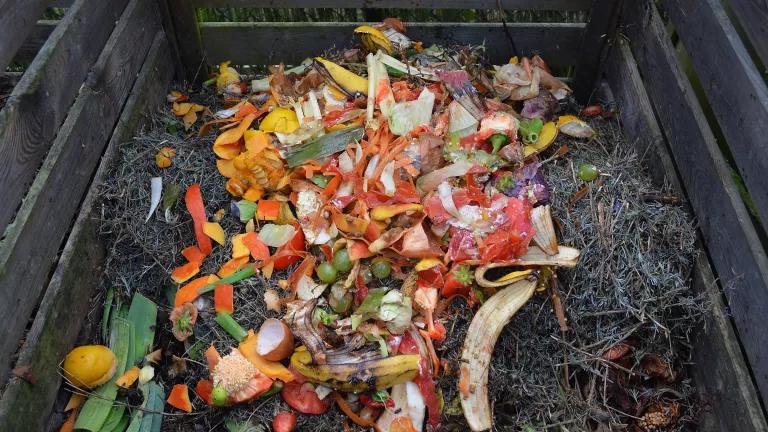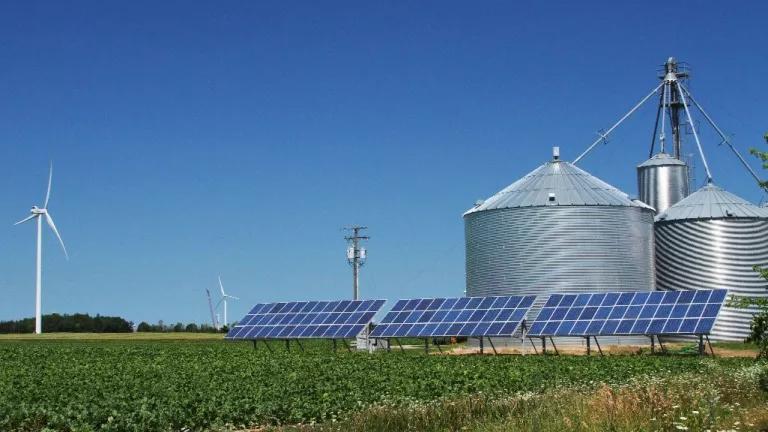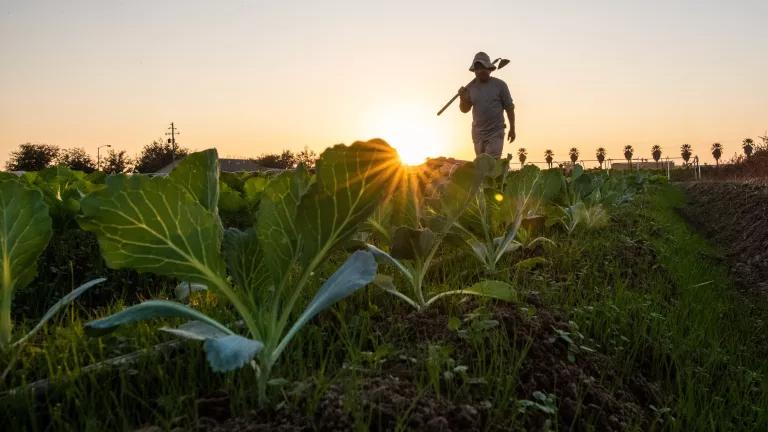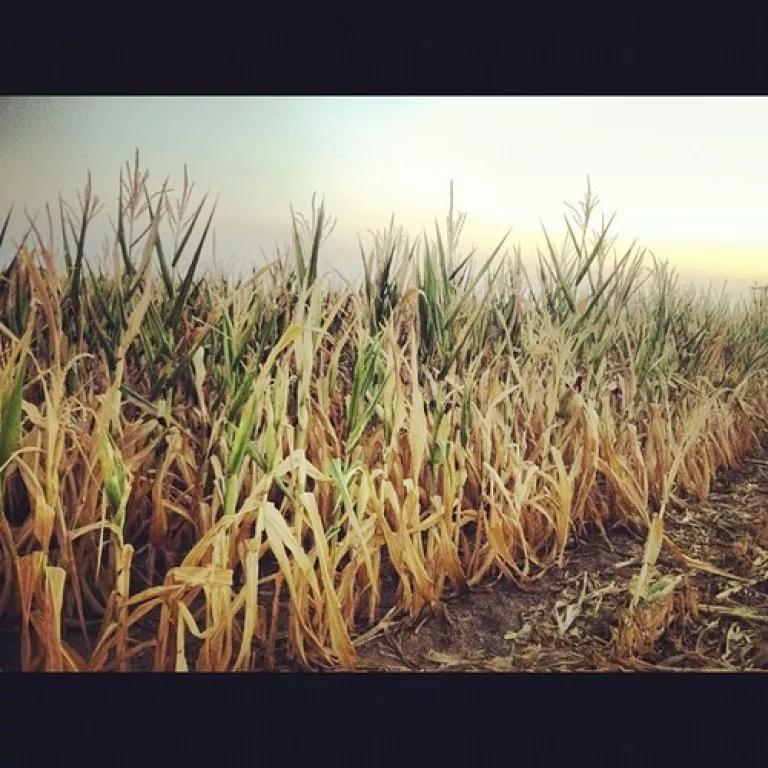
In my blog last week on post-Sandy sentiment in New York City and the increased public discourse on climate change, I touched briefly on the need for climate resiliency in our food system.
Though much of the devastation caused by Sandy is in our urban infrastructure, we’ve also seen the impact that extreme weather events can have on food.
This is why there is a critical need for government leaders to include food in any regional climate preparedness planning.
Of course food is central to mitigating climate change as well—agriculture is a significant source of greenhouse emissions—and should be part of any long term climate mitigation strategy.
But while food and agriculture contribute to climate change, they are also uniquely vulnerable to it. As we are now beginning to realize, we aren’t going to be able to head off climate change entirely and will face more frequent and more severe weather events.
So, as we begin to examine how our regional infrastructure can be better prepared for climate change, we need to look carefully at and strengthen our regional food systems.
Sustainable regional food systems not only mitigate climate change, but are essential for climate prepared cities and states.
In fact, functioning regional foodsheds are a vital part of a resilient and secure national food system. They are less dependent on fossil fuel and their geographic diversity lowers the risk for a major food shortage from a single extreme weather event.
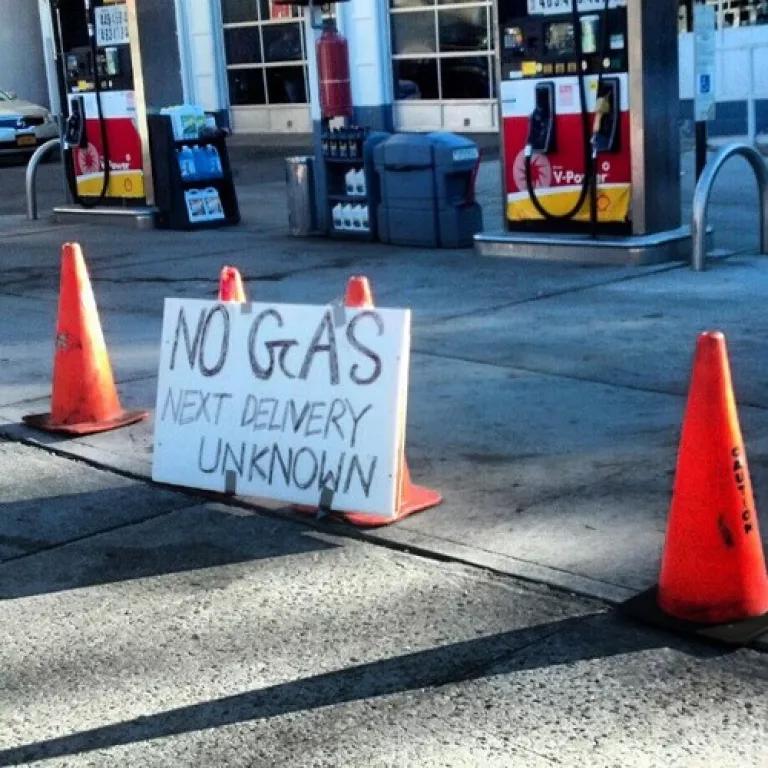
Bill McKibben says it best in his recent book Eaarth. “Our food supply, in other words—by far the most important thing on earth, at least if you are a human—is too big to fail. And it’s failing.” Instead, “we need to build the architecture for the world that comes next, the dispersed and localized societies that can survive the damage we can no longer prevent.”
To create the kind of food system that can withstand these extreme weather events we need more resiliency from farm to fork.
We need more climate resilient growing practices, like those practiced by NRDC Growing Green Award Winner Gabe Brown who sincerely understands the importance of soil health and biodiversity.
We need better and more efficient linkages between our farmers, particularly our local farmers, and consumers.
To highlight just one concrete step State and City leaders could take right away: modernize the massive Hunts Point Produce Market in the South Bronx, which handles 22% of the produce sales for our entire region, to ensure that it is fully prepared for extreme weather events and losses of power. And that modernization should include a new wholesale farmers market to diversify the sources of food available to the city.
Another immediate action we could take is to create a steady demand for foods grown regionally and using more climate resilient practices. By making a commitment to purchase such products now, government leaders can better ensure a steady supply of food for New Yorkers.
These types of food infrastructure investments are crucial to making sure the region’s food system does not experience a large-scale failure such as we just experienced with the New York City subways.

Last week, I think all New Yorker’s realized the fragility of the infrastructure on which we depend. Some people lost their lives and many continue to suffer without heat or power.
I hope we can use this tragedy as an opportunity to recognize weaknesses and move forward with greater regional resilience to climate change, including in our food system.
At NRDC, we are working to a build a sustainable and climate resilient food system here in New York. Find out more by visiting our website, and join the conversation by following us on Twitter, Facebook, and Instagram.


